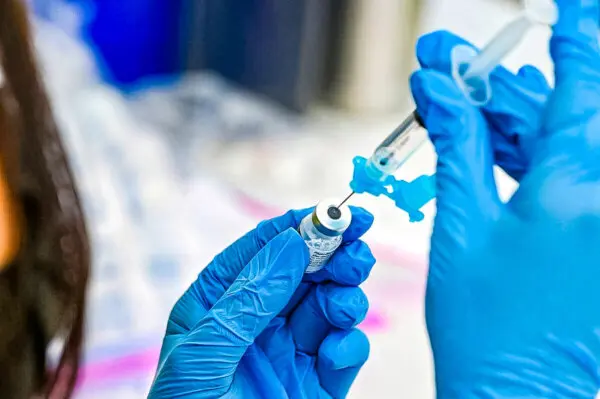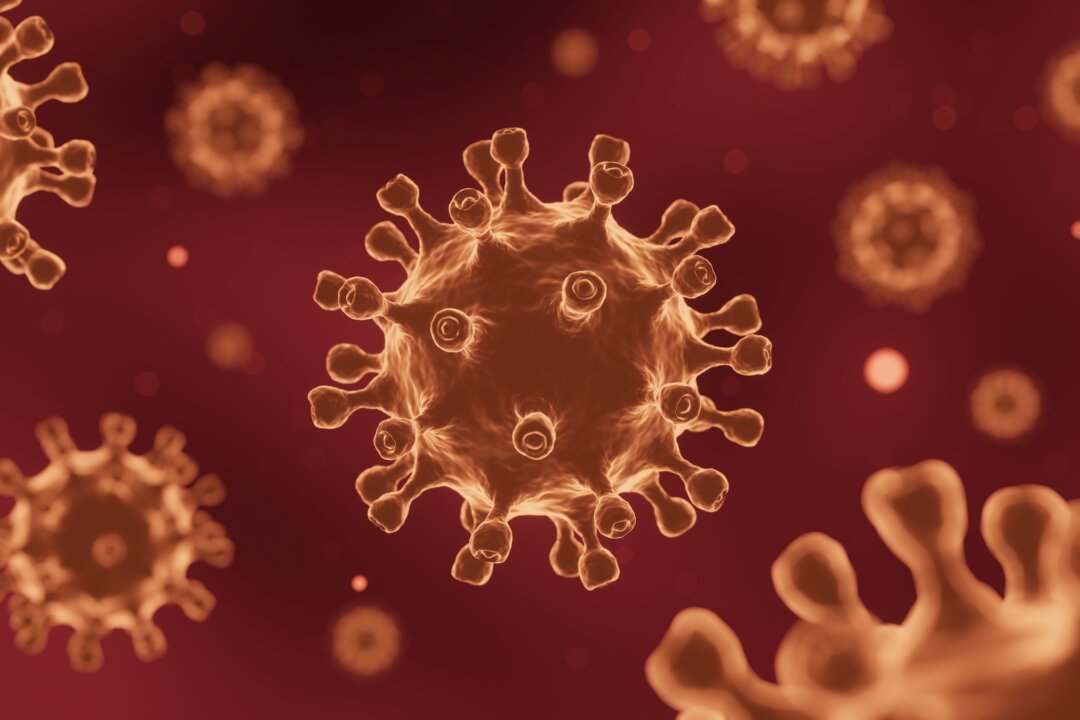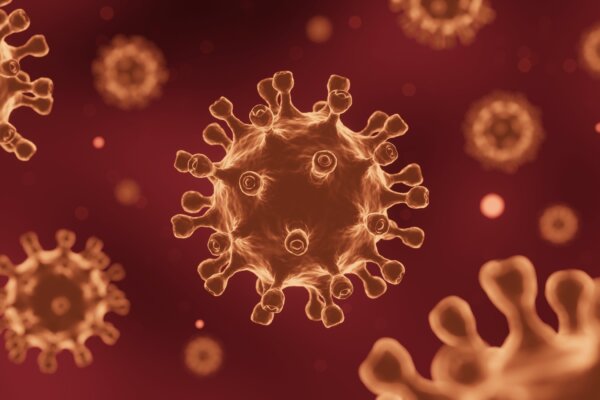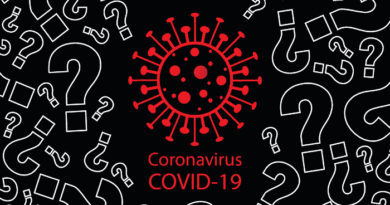Lab Theory on COVID-19 Cannot Be Easily Dismissed: UNSW Researchers
Researchers at the UNSW Kirby Institute found there was a greater likelihood of an unnatural than natural origin of SARS-COV-2.
A new scientific paper finds COVID-19 was more likely caused by an unnatural lab origin than a natural animal source.
Scientists looked into theories on the natural origin of SARS-COV-2 from an animal source and unnatural origin from a laboratory.
The researchers used a risk analysis tool to study the origin of SARS-COV-2, the virus that causes COVID-19.
“Using published literature and publicly available sources of information, we applied the mGFT [modified Grunow–Finke assessment tool] to the origin of SARS-CoV-2,” the paper stated.
“The mGFT scored 41/60 points (68 percent), with high inter-rater reliability (100 percent), indicating a greater likelihood of an unnatural than the natural origin of SARS-CoV-2.”
The paper was authored by scientists from the renowned Kirby Institute at UNSW, including Professor Raina MacIntyre, Xin Chen, and Fatema Kalyar.
Laboratory Origin Cannot Be Dismissed: Researchers
Scientists explained the risk assessment “cannot prove the origin of SARS-CoV-2” but reveals that the possibility of a laboratory origin cannot be easily dismissed.”
The researchers noted multiple studies had discounted a lab accident as unlikely, but their analysis “indicates that both theories of origin are equally plausible.”
“Definitive proof of a laboratory leak or natural origin may never be obtained, but risk analysis tools such as the mGFT allow a systematic approach to estimating the likelihood of either origin,” the paper said.
The paper noted the first cluster of COVID-19 cases was near a world-leading coronavirus lab experimenting with SARS-like viruses.
Also, a second lab in the vicinity was also working on coronaviruses.
Scientists said this “cannot be dismissed as irrelevant.”
“Laboratory accidents are common, and if the pathogen in question is highly contagious, one infected lab worker can set off an epidemic in the community,” authors noted.
The researchers pointed to examples of lab-origin epidemics including the accidental leakage of anthrax at a Soviet bioweapons facility in Sverdlovsk during the 1977 Russian influenza pandemic and the aerosolized Brucella leak from a pharmaceutical plant in China in 2019.
“A common theme in such accidents has been denial and cover-up,” the paper said.

Researchers disclosed some limitations of their study, including the fact that their risk analysis tool mGFT has been applied to smaller-scale outbreaks in the past, not a major pandemic.
The risk analysis tool they used for the study was also designed initially to detect biowarfare rather than laboratory leaks or accidents.
However, they were “conservative” with their scoring and explained the tool can distinguish between natural and unnatural pandemics.
“An unnatural origin of SARS-COV-2 is plausible, and our application of the mGFT suggests it is equally or more probable than a natural origin, although both remain possible,” scientists concluded.
Researchers noted society has more control over stopping epidemics from human error than those in nature.
Medical epidemiologist Abrar Ahmad Chughtai from UNSW’s School of Population Health also contributed to the paper.
This article has been archived for your research. The original version from Epoch Times can be found here.






